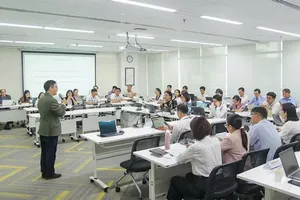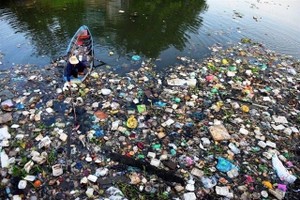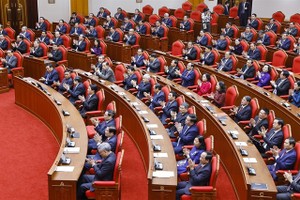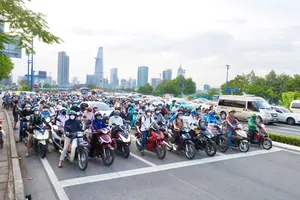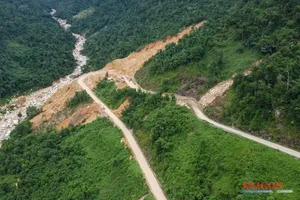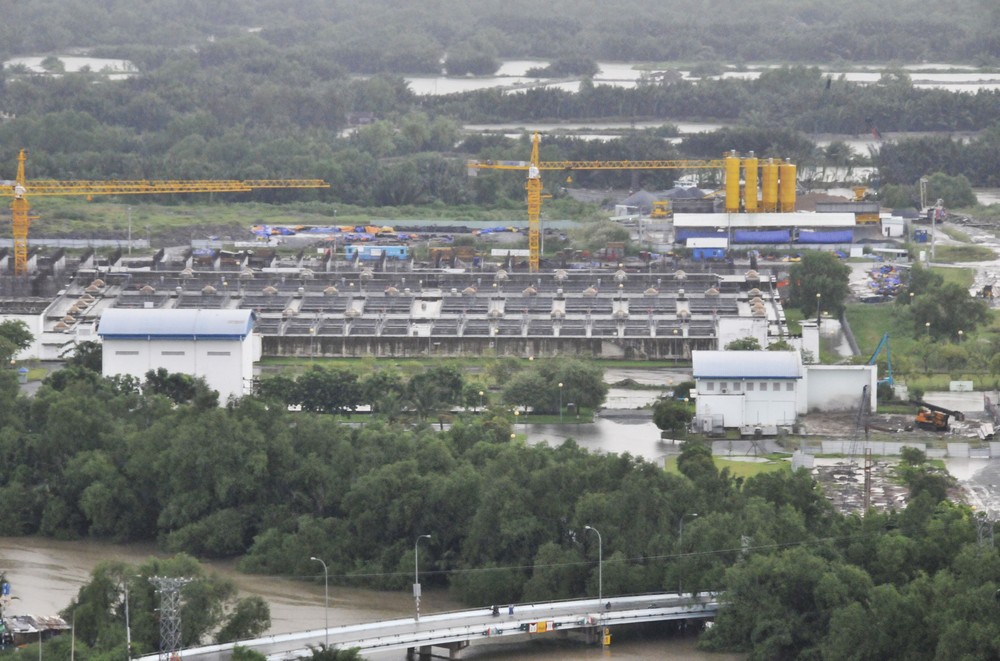
The ratio of treated wastewater is very low, most has been released directly into the environment or treated but not meeting requirement, worsening environmental pollution, he added.
According to the Ministry of Construction, the fast development of urban areas in Vietnam has increased water using demand, resulting in high wastewater volume.
The country now has 37 wastewater treatment plants concentrating in urban areas with the total capacity of 890,000 cubic meters a day, accounting for 12-13 percent of total volume.
In addition, limitations in investment resources, technologies as well as residential communities’ awareness of environmental protection and policies have posed big challenges.
Urban drainage system has been built in many different phases, incomplete and asynchronous. Sewers have run downgraded with low drainage capacity.
Wastewater has hardly been treated and discharged directly into canals, rivers and ponds polluting surface water sources.
Lot of under construction urban areas have not had household wastewater stations so wastewater has been preliminary treated in septic tanks before running into sewers and into the environment.
The ratio of households connecting with urban drainage network is low. Many canals have been concreted, affecting drainage ability. Flooding has continuously occurred in HCMC and Hanoi after heavy rains, that is the clearest proof for problems in urban drainage and wastewater treatment infrastructure at present.
Water supply and wastewater treatment has mainly relied on budget funds while most of the drainage system has operated for tens of years, run downgraded and need be repaired or rebuilt amid capital shortage. Private firms have not interested in this field because of many reasons.
Moreover, environmental experts said that Vietnam’s urban areas have faced new challenges from climate change and sea level rise, especially in coastal areas.
According to them, it is time for relevant sides to pay more attention to wastewater management and treatment covering phases such as planning, policy making and technology innovation. There need be sanctions to tackle water polluting behaviors.

